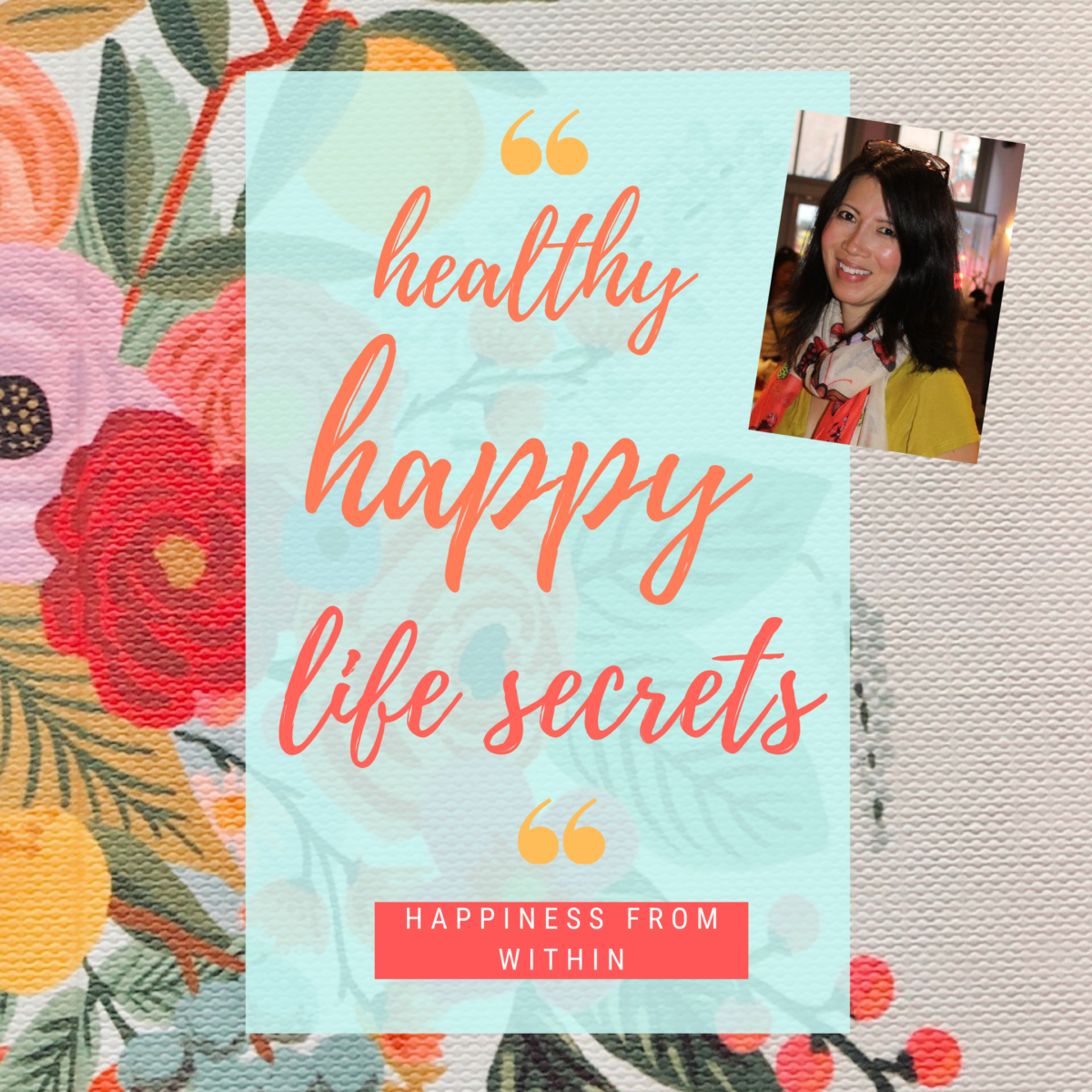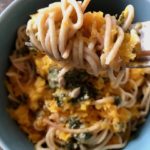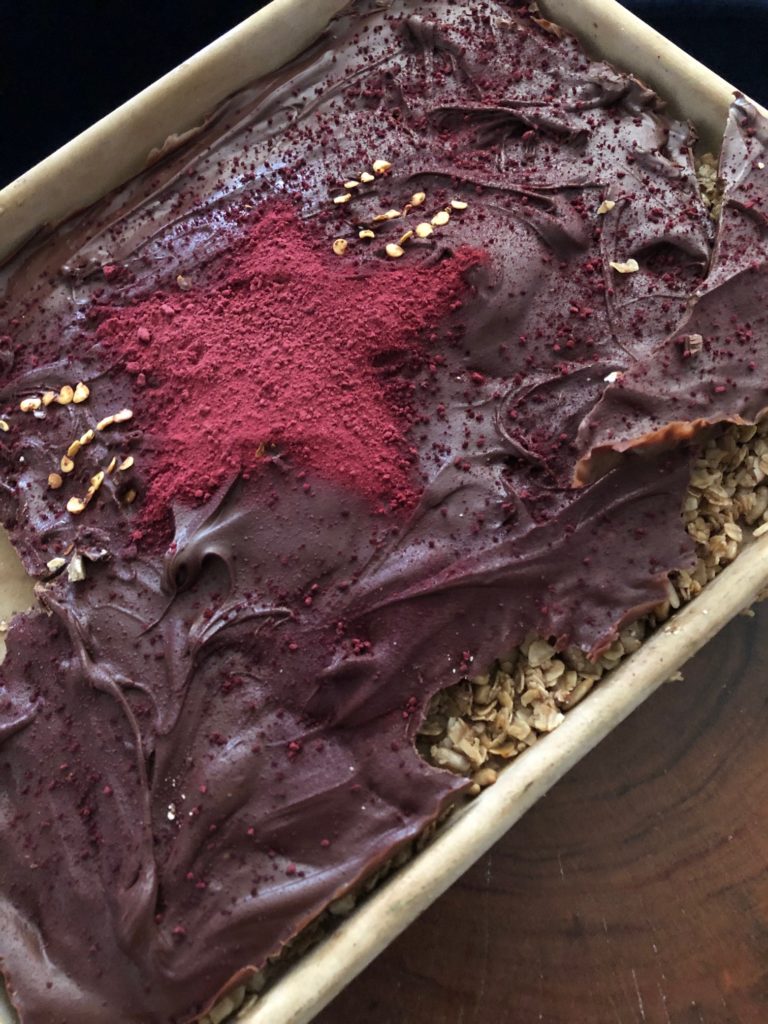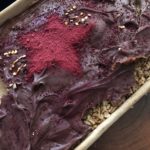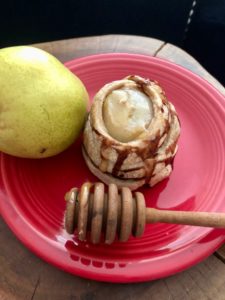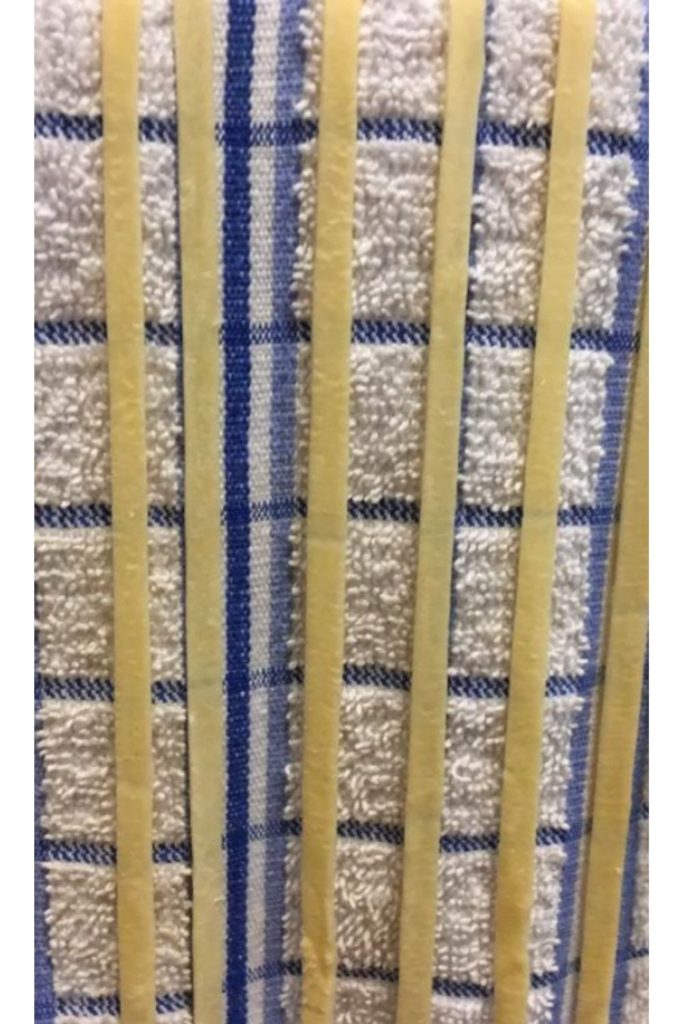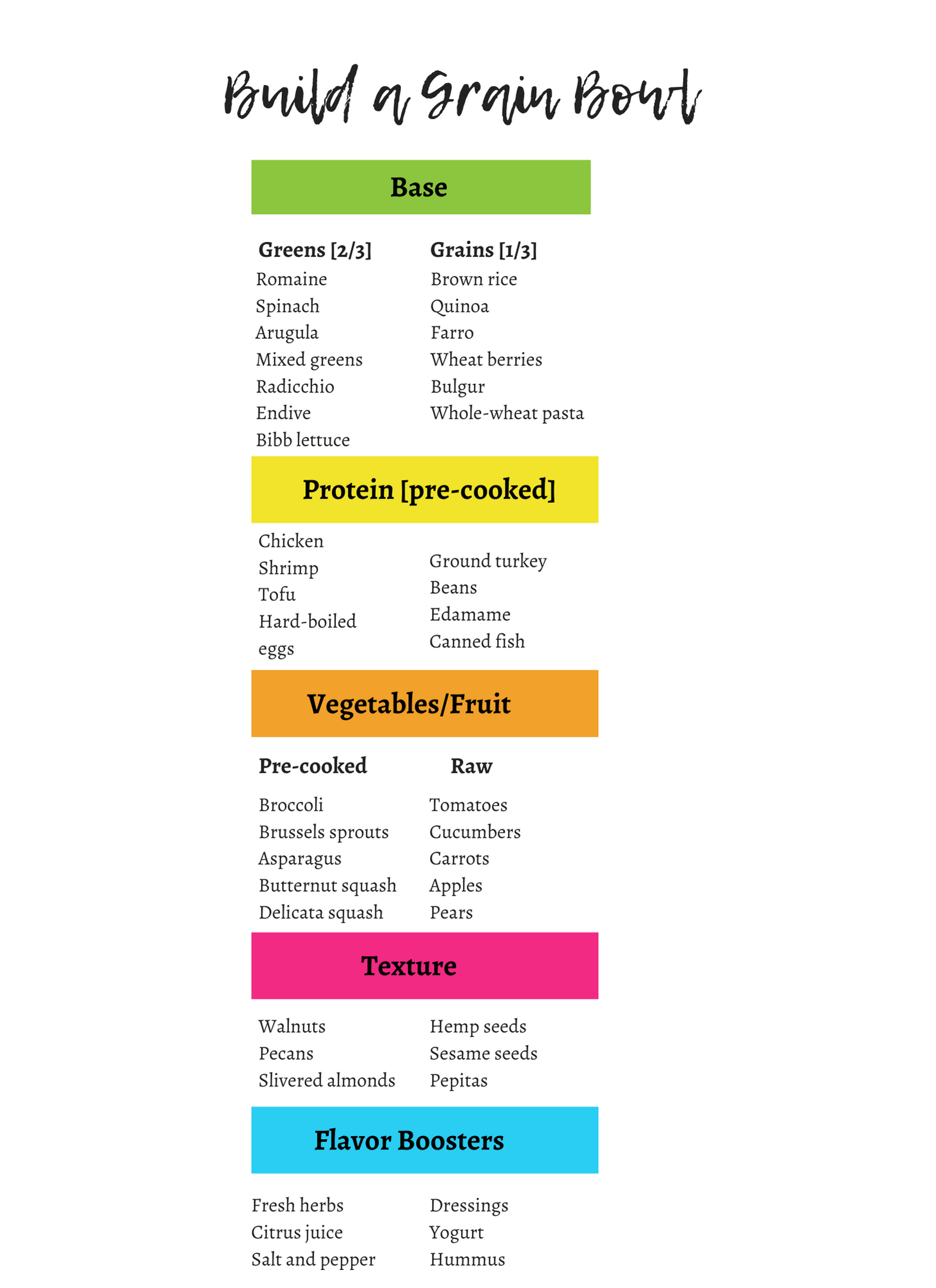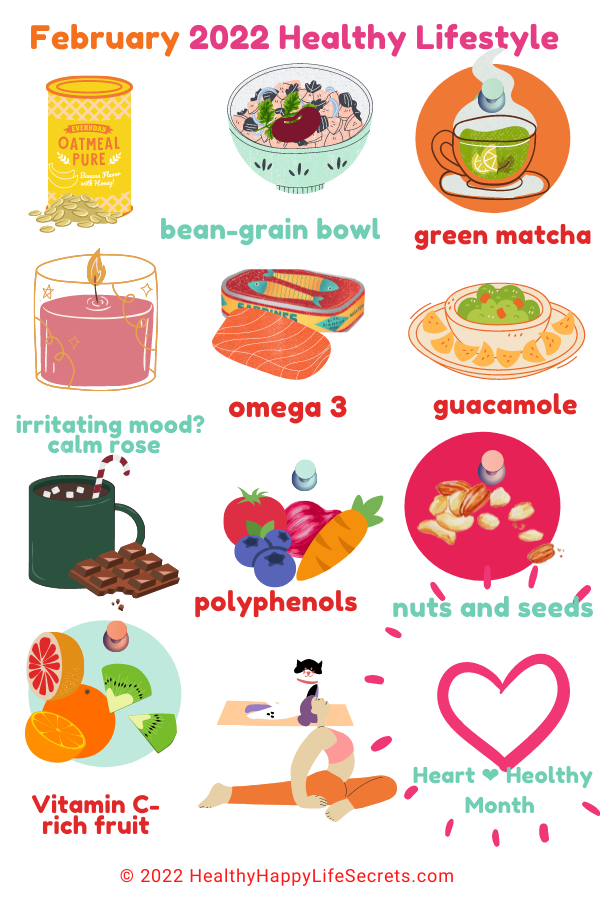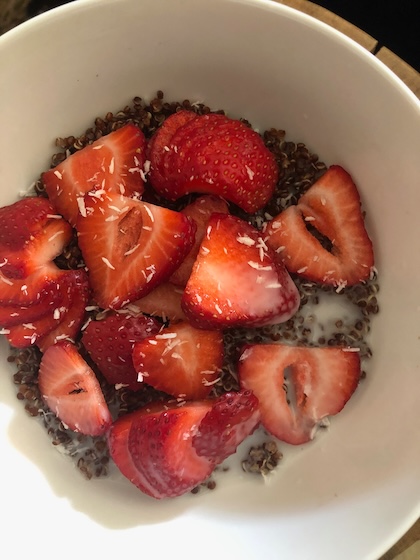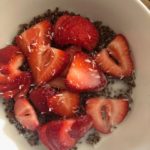Seasonal allergies is on the rise… and below is a checklist of home seasonal allergy natural health tips.
 Have seasonal allergies got you? If so, you’re in good company and I have a list of natural above-the-neck soothing tips below.
Have seasonal allergies got you? If so, you’re in good company and I have a list of natural above-the-neck soothing tips below.
False spring in global warming times like these seem to be against us, but we can use better, natural ways to combat our daily allergy feelings.
The tips I share and use started from feeling the seasonal allergy effects in 2015.
Before that, I never felt outdoor seasonal allergies living on the east coast. Now, they linger around year-round and I’ve learned to manage them.
Tree pollen (e.g maple, juniper, elm, oak, etc.) found in most U.S. areas is the main culprit for spring seasonal allergies start as early as February these days.
With wacky global climate changes and extreme fluctuating weather going from 70 degrees one-day to 40 degrees the next (and snow in some areas and summer temps in other regions), seasonal allergies are only growing. Adults who never had allergies before feel the effects today.
Your best bet is to prepare what you’ll do in advance, and spend more time indoors on severe days especially in the afternoon and evenings when pollen is higher in the spring.
Test different ways that work best for you and keep trying. Remember what you did that works so you can repeat.
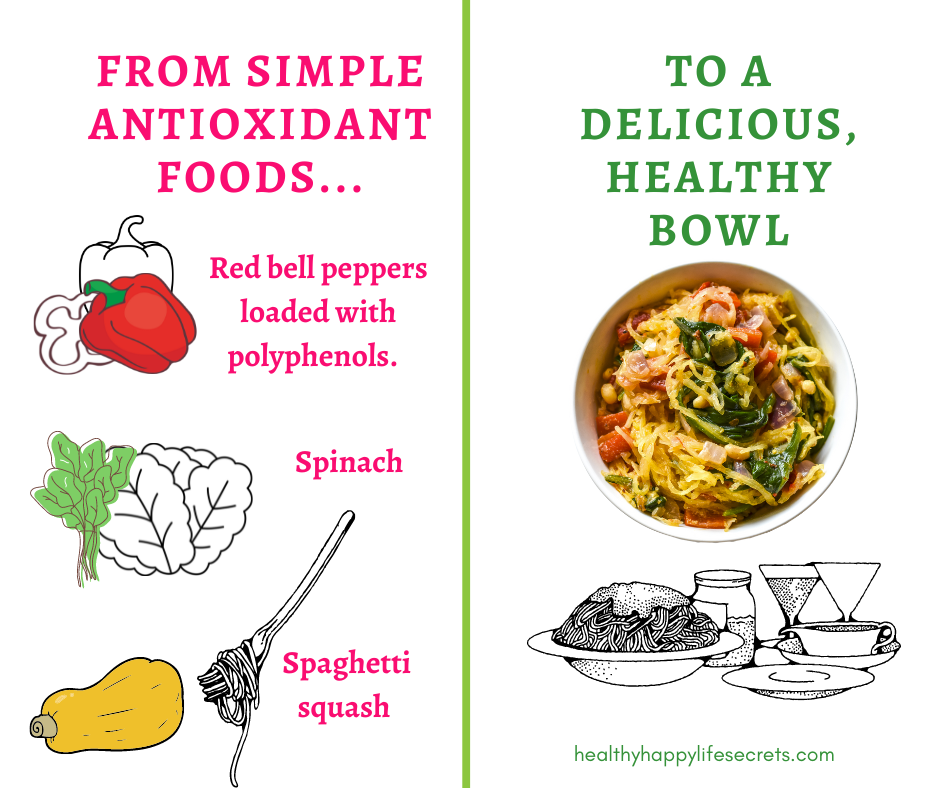
You may have even thought about getting an allergy test as I did. So that’s what I did and here’s what I found…
I’m not allergic to anything or any tree pollens as the test showed.
I was actually kinda disappointed because that’s why I got the test in the first place.
But the test did end up giving me peace of mind. And an allergy test could for you too if you’re wondering whether allergy shots are a good idea.
I found that my common symptoms like stuffy nasal passage congestion and other irritations are just part of the climate allergy changes.
And for anyone, it’s a good idea to be aware and manage symptoms daily.
Because you don’t want them to escalate to chronic and recurring inflammations. Inflammation is the body’s way of naturally protecting and healing itself.
In my case, this started back in 2015. That’s also when I heard seasonal pollen-related allergies only last for 7 years, so that would make this year a bye-bye bang🤞
Allergies are your body’s annoying, but healthy response to your immune system working. 🌱
You can make the most of those heavy pollen days by feeling gratitude for the things you can do. Like with breathing exercises and that’s one of the better things when you’re stuffy: deep inhale and exhale breaths.
But still, changing your allergy perspective can test you. Because seasonal allergies are no fun and can affect the way you think, remember, and even see things on any given day.
So here are some practical tips to stay ahead and attack your symptoms:
These days, changing up your daily self-care routine helps.
Today you may be feeling exceptionally dry like you’ve never experienced before. And especially if you’re a natural Vata who usually has drier skin anyway.
I changed my moisturizing skin routine from once a day to a few times per day for heat rashes and shallow breathing from a stuffy nose. Yes, symptoms are related!
And sometimes the fix is simple like breathing, moisturizing, or drinking more water.
It gets easier once you recognize the patterns and you develop new self-care routines to stay ahead.
For head and nasal congestion, well… that’s another story.
Headaches, brain fog, and breathing more shallow awake or asleep are all common spring allergy symptoms.
You can feel like you’ve been hit by a windstorm on some days. And the wind is not a Vata’s friend. That’s like change on top of change.
Sneezing is actually a good way to rid of allergens in the body, but some days that doesn’t work. If that’s you, you can keep a black pepper tin nearby and peppermint essential oils are good to sniff and use in your steaming shower.
You can get through seasonal allergies naturally with occasional OTC allergy relief, e.g. if you’re gonna be outdoors. But you don’t want to rely on sinus decongestants or use them every day if you can avoid them.
There are homeopathy solutions that are popular in European countries and you can find in the vitamin stores in the States.
Also increase Vitamin C and bromelain. Pineapples are a good source.

And when you’re indoors, stay further away from the open window if you’re super sensitive or keep the blinds semi-shielding.
You can always break out your filtered mask that will shield some allergens if necessary.
10 Tips For Seasonal Allergies
✅ Back indoors, change your clothing and take a shower as soon as you can or remember to. The steam will help you feel better faster. A night shower will help especially if your seasonal allergies feel worse in the afternoon or evening.
Sometimes you get a delayed effect on symptoms, feeling the effects the next day.
✅ Weekly, use a neti-pot to clean out nasal passages. This helps you get some relief naturally and prevents nasty sinus infections and your taking unnecessary antibiotics. That’s probably the best tip I can give you! Water is your friend away from pollen.
✅ Also, use a natural saline nasal spray to clear your nose as needed e.g. 2-3x per day for relief. Look for grapefruit seed extract with microbial properties that help prevent bacterial, viral, and fungal infections.
A reminder (or new) tip: antibiotics can work on bacterial infections but not effectively on viral ones (like a cold) and they hurt your gut. The confusion comes into play when you don’t know if it’s a cold, flu, allergies, or Covid. Prevention and reserving antibiotics for when you actually need them is key.
✅ Use a free-standing daily air filter machine with a HEPA filter for pollen (not just dust). Pollen kicks up in the afternoon and evening so it’s good to have the machine cranked up while you’re sleeping.
Change your house air filters as needed and vacuum the filters regularly as they will work better dust-free.
✅Use a desk humidifier or have one set in each room. Moisture like this works especially well during spring allergy season.
Like plants, humidifiers require some daily cleaning maintenance care, but if you’re stuffy this is a must!
✅ Keep eucalyptus or mint oil essential oil drops close at hand. They work well in the steamy shower. You can put a few drops in a small vessel of water and sniff. Unlike a nasal spray, the oil drops don’t enter directly into your nose.
The scented drop fumes indirectly help clear nasal passages that affect head congestion. You can also keep eucalyptus leaves hanging in the shower that will help you awaken especially if you’re stuffy.
✅ For foods, add fresh horseradish or spicy wasabi that’s great for clearing nasal passages.
Disappointingly, local honey doesn’t work the way we’d hope.
Honey comes from flowers, and tree pollen comes from trees so there’s no cross-pollination… or an ex-pollinating effect that would be helpful for spring seasonal allergies.
But raw honey is a good natural sugar substitute and a natural humectant that when topically used on the skin help prevent dryness and other light skin inflammations or itches. Yes, it works!
It also has other “anti” properties that are good for you… antioxidant, anti-bacterial, and anti-fungal. So it helps in other ways.
✅ Keep up your vitamins and minerals, especially Vit C, D-3, Calcium, Zinc, etc.
✅ Drink teas. You can try a good green matcha tea or black tea (Vata preference) early in the day and then switch to decaf/herbal teas in the afternoon. You can do decaf all day if you prefer.
✅ Keep eye drops close by for dry eyes. You can wear blue-light-blocking glasses, so you don’t have to strain on devices that worsen dry eyes (and they help you sleep better).
✅ Keep cough drops nearby, in case you get a dry or itch in your throat. And menthol cough drops help to open up passages. They’ve been hard to find these days I’ve found, but I think you can find ’em if you look hard enough. 😉
Elderberry and zinc help for immunity-boosting, and lemon and honey drops are good for dry throats.
Seasonal allergies don’t have to be the daily annoyance that runs your life. You can have a much smoother season if you stay informed. And know, you’re definitely not alone.
✅ And finally, bring in more healthy anti-histamine foods such as squashes and eggs. One dish you can incorporate is a butternut squash spaghetti recipe. And add a cooked egg ontop or eggs in your homemade pasta. 🍝
Butternut Squash Spaghetti
Ingredients
- 1 box spaghetti, whole wheat
- 1 butternut squash
- basil leaves or pesto sauce (optional)
Instructions
- Cook or bake your spaghetti.
- Cook your butternut squash to soft.
- Mix with your cooked sqaghetti.
- Add a basil or pesto sauce to enhance (optional).
